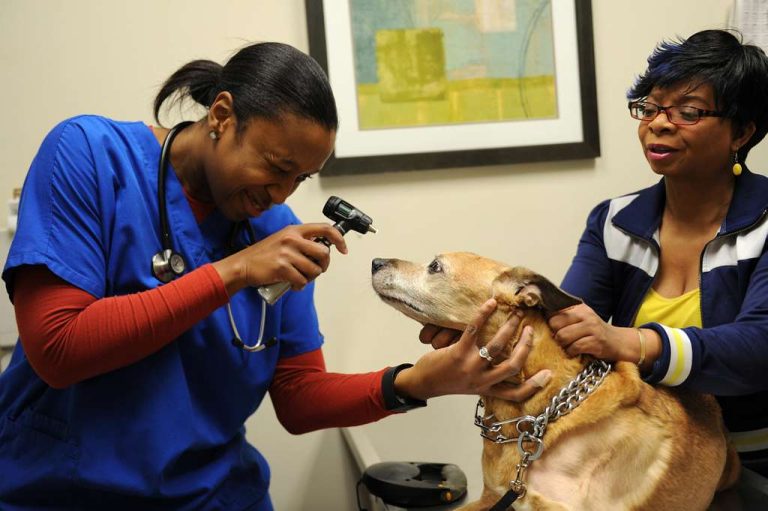
Photo from Pexels
We all know that vets go through a lot of training to become the animal experts they are. But what many may not realize is that after their own education is complete, a big part of their job is teaching others. There are all sorts of wonderful ways vets share their wisdom with others–find some of the best of these below, presented by Mcnezu.
They teach pet parents at every available opportunity.
Whether it’s a tenured owner learning to treat an aging pet’s arthritis or a brand new owner still getting the hang of obedience training, many vets believe teaching (human) clients is truly a wonderful part of the job.
As fun as it is to teach pet parents, vets also feel a sense of responsibility to inform their patients’ human companions. Clients need to feel confident about the advice they receive, especially in times of serious pet illness or injury.
It’s vital that vets get the word out to the public via active communication, such as through websites and social media. Professional-looking presentations build trust and keep clients engaged. You can also put together a great-looking business card that you can hand out to clients and potential clients. This way, they’ll always have your contact information at the ready. By using an online tool, you can create a free business card with premade templates. You’ll have a great-looking card that you’re proud to share with your clientele.
They teach their local communities.
Educating the community is an important part of the job because there are often advancements in treatments and breakthroughs in research. And while the internet certainly does its part to keep the rest of us informed, we still tend to depend on our vets for up-to-date pet care standards.
There are also ample opportunities for veterinarians to teach the next generation about animal welfare. The Humane Society Veterinary Medical Association notes, “Opportunities for veterinarians to speak at career days, local animal welfare fundraisers and adoption events, and in classrooms, exist in nearly every town across the country.”
Vets even connect with the community through low-cost clinics offered at big box stores. As an example, many people take their dogs and cats to places like PetSmart ShotVet for vaccinations. Veterinarians and volunteers bring highly valued services to communities across the country this way; they also engage through animal shelters, as employees, outside service providers, and as volunteers.
They teach their peers.
Vets also have plenty of opportunities to teach their peers about animal care. The responsibility of care may begin in childhood and continue when you become a vet, and it’s important to share experiences and insight with your peers. In fact, Clinician’s Brief points out that mentorship is a critical aspect of professional development for veterinary professionals.
Veterinarians clearly provide invaluable help to our furry friends. Beyond hands-on care, they work hard to help ensure that owners and communities are educated about animal welfare. By engaging in educational efforts on various levels, from websites to mentorship, they help to make the world a better place for pets.

